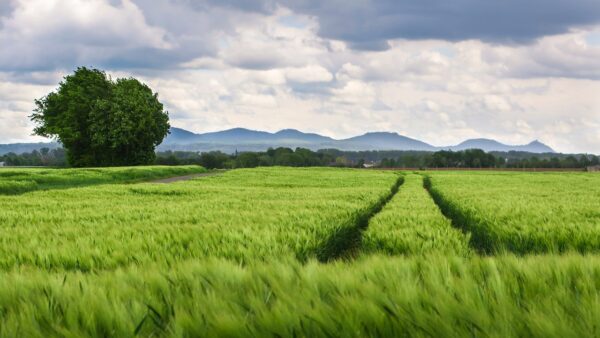The invasion of Ukraine and lasting impacts of the COVID-19 pandemic have altered patterns of trade production and consumer behavior across the globe, exacerbating food insecurity and inflation.
Average prices in October 2022 for wheat, maize and rice were 18%, 27% and 10% greater, respectively, than in October 2021, according to the World Bank.
Grocery and restaurant food prices are nearly 11% higher than they were at the same time last year, according to Jayson Lusk, Purdue University distinguished professor of Agricultural Economics. Grocery prices alone are about 13.5% higher than last year.
“That’s a pretty dramatic increase in food prices, and a level of food price increases that we really haven’t seen since the 1970s. Just to give some perspective, for the decade prior to the pandemic, we averaged an about one to 2% increase per year. So, to go from that to 13%, at least at grocery, is a pretty remarkable increase,” explains Lusk.
Energy Costs, Macro-Economic Factors and Consumer Demand
While there are various factors contributing to the higher prices, one of the greatest is energy costs, according to Michelle Klieger, owner of Stratagerm Consulting. Energy costs began to rise significantly in 2021 due to COVID-19’s impact on China’s coal production and environmental conditions, resulting in a decrease in hydroelectric and wind in Europe. As the world reopened, an increase for energy followed. Russia’s invasion of Ukraine in February pushed those prices even higher, massively impacting energy markets. Russia is a major exporter of energy and fertilizer. When exports were halted, the prices of diesel and gas to power equipment rose, therefore, transportation costs went up.
The cost of containers to transport the goods can be blamed for a portion of the increase, which is bad news for the agriculture industry.
“We use a lot of containers to transport, especially commodities around the world. You’re competing with high value products that can pay more. There weren’t as many containers and they were really expensive, which also drove the cost of food up,” says Klieger.
Broad macro-economic factors cover a large part of the increase, believes Lusk. In the aftermath of the pandemic, a big jump in money supply was shown as households received stimulus or relief checks in the mail. With the increase in unemployment benefits and the Supplement Nutrition Assistance Program (SNAP) payments, household saving rates soared.
“People had a lot more money. They weren’t able to get out and spend it, so they were saving it. This all was going on at a time when supply was constrained because in a lot of parts of the country, people weren’t getting out of their houses,” says Lusk. “That leads to the classic definition of inflation. You had too many dollars chasing too few goods, and it means the value of each dollar falls, which gets reflected in higher prices. In that sense, food is not different than a lot of the other parts of the economy where prices have been increasing, too.”
Despite similarities between various sectors of the economy and the agriculture industry, there are some issues that set it apart. For example, U.S. trade partners have expressed a greater demand for ag commodities, such as China. At various points over the past year or so, China has bought more corn, beef and pork. This removes products from the U.S. market, creating higher prices in the U.S.
There has also been a greater demand for food from U.S. consumers. With this increase, companies across the supply chain are struggling to get enough employees to come in to work, and those that do show up are requiring higher wages.
“And then at least for some commodities, there’s been weather events that have affected food and commodities. If we back up a year or so, there were weather issues in South America that were affecting corn and soybean prices. Now, it’s in the West. The drought issues are affecting some commodities that are grown out in that part of the country,” says Lusk. “It’s a broad set of issues, not a single thing, but a combination of factors that are all coming together to contribute to those higher prices.”










